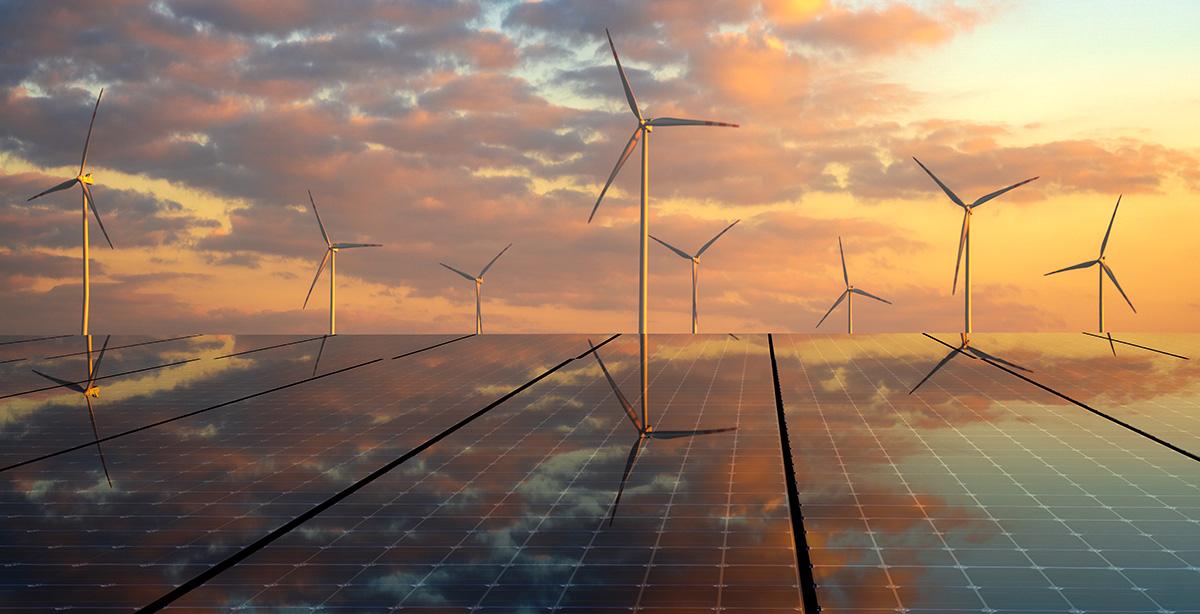Author | Lucía Burbano
According to the latest State of Global Water Resources report, published in 2023 by the World Meteorological Organization, the water cycle is becoming increasingly disrupted due to climate change and human activities. This imbalance is leading to extreme droughts and violent showers, both of which are causing devastating consequences for millions of people worldwide.
Water scarcity, once primarily confined to regions such as the Horn of Africa, the Middle East, California, the Mediterranean, and parts of Latin America, is now rapidly escalating on a global scale. Few areas remain untouched by its growing impact. An analysis by the Lancet Countdown on Health and Climate Change highlights that:
- In 2023, 48% of the Earth’s surface experienced at least one month of extreme drought, a significant increase compared to the average of 15% recorded during the 1980s.
- In 2023, 30% of the world faced extreme drought for three months or longer, in contrast to the average of just 5% recorded 45 years ago.
And the outlook for the future is equally concerning. The United Nations estimates that by 2050, over 75% of the global population may be impacted by recurring droughts.
Can urban planning prevent droughts?
This paper highlights that most measures designed to combat droughts in cities are only implemented when they are already occurring. There is a significant lack of planning and general understanding when it comes to urban development and drought management in the context of climate change
As a solution, they propose studying the water-energy-land nexus—a valuable framework for integrating land derived water uses from urban and agricultural land use. This approach helps to understand the biophysical, social, and institutional dynamics related to climate change.
The multilayer network for the water-energy-land nexus suggests starting by identifying the most relevant biophysical and artificial elements of the water network and their related agents and institutions, for improved management of the same.
Tools such as WaterSim 5 or Urban Drought Nexus, which is open source and can be adjusted across urban systems if hydrological information under climate projections is available. They recommend complementing them with other tools for short-term planning to improve the management of demand.
Measures to reduce the effects of water scarcity in cities
Water treatment plants
Traditionally, cities relied on centralized systems to treat freshwater sourced from rivers or aquifers in a central facility, which was then distributed through an extensive network of pipes. However, these systems are prone to disruptions over time. Demographic and climate changes are increasing, placing even greater pressure on the system.
This is why some cities are exploring distributed systems as an alternative. These systems consist of small-scale water treatment, recovery, and recycling plants. For example, El Paso, Texas (United States), plans to complete the construction of an advanced water purification plant by 2027, which will convert wastewater into drinking water.
Other cities including Austin, Texas, and San Francisco are implementing rainwater harvesting and wastewater reuse systems for irrigation or groundwater recharge.
Collaborating with nature
The low-impact design can be applied in water-scarce cities, helping to prevent rainwater system overload and groundwater depletion. These designs incorporate features such as sunken flower beds, peat gardens, rain gardens, filtration trenches, and canals.
In Portland, the Tabor to the River project, launched in 2019 with a ten-year duration, aims to plant approximately 3,600 trees, create 500 green infrastructure facilities on streets—such as rainwater-harvesting planters—and collaborate with property owners to collect and manage rainwater from rooftops and parking lots.
Hydroelectricity
In cities affected by drought, historically low reservoir levels are forcing hydroelectric plants to either shut down or reduce their production. In response, micro-hydropower technologies are being developed to enable cities to generate electricity from the water flowing through their pipes.
And once again, Portland is a perfect example. In this case, the Conduit 3 Hydroelectric project implemented in the city, and which uses turbines that spin and power the attached generators, which then feed energy back into the city’s electrical grid.
Cities that have overcome drought with diverse strategies

Cape Town
The South African city relies on six reservoirs to supply 95% of its water, serving over 4 million people. Between 2015 and 2018, the city experienced a severe drought, causing reservoir levels to drop from 100% capacity in 2014 to a low of 38%.
Cape Town launched a water dashboard on its website, providing weekly updates on reservoir levels and water consumption. This was complemented by periodic updates on the city’s measures to manage the water system, along with water maps to track household usage.
The conservation initiatives led to a 50% reduction in water consumption citywide. Cape Town continues to monitor water usage and is implementing improvements to its infrastructure.
Melbourne
In response to the Millennium Drought, which reduced water storage to critically low levels (with the largest reservoir supplying the city reaching just 16.5% capacity), the city announced the construction of the Victoria Desalination Plant.
The plant extracts salt from seawater to convert it into drinking water and has a capacity of 150 billion liters per year, which meets approximately one-third of Melbourne’s annual water needs.
Each year, the government determines the amount of water needed from the desalination plant by analyzing factors such as current water storage levels, projected demand, potential future climate conditions, and balancing the need to ensure a safe water supply while minimizing the impact on customers.
San Diego
Among other measures, the Water Authority of San Diego County, in the United States, has made significant investments in the infrastructure that supplies 3.5 billion liters of water each day. Specifically, it focuses on monitoring and maintaining the infrastructure to ensure conservation, using acoustic sensor devices to detect potential leaks.
The network is equipped with camera systems and fiber optic cables. If any of the cables break, it is designed to detect that sound and notify headquarters.
Water recycling is also playing an increasingly vital role in the city’s water supply. Although San Diego’s climate is arid, the region captures 90% of runoff water in 24 reservoirs and treats it to meet drinking water standards.
Photographs | Unsplash/Luis Tosta, Unsplash/Ivan Bandura






















































